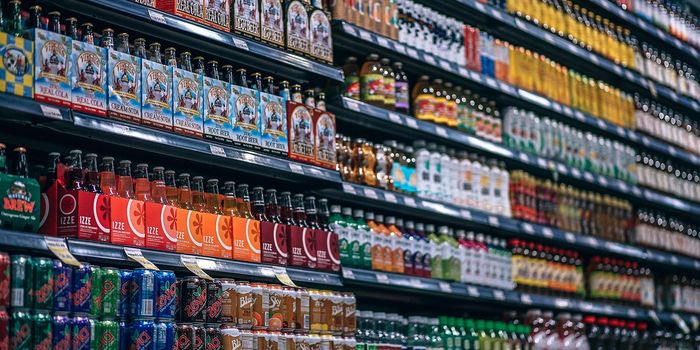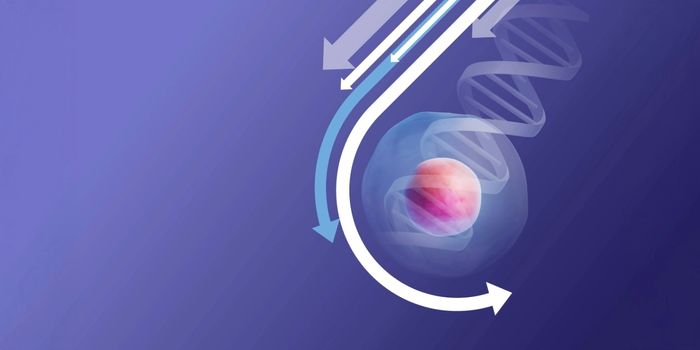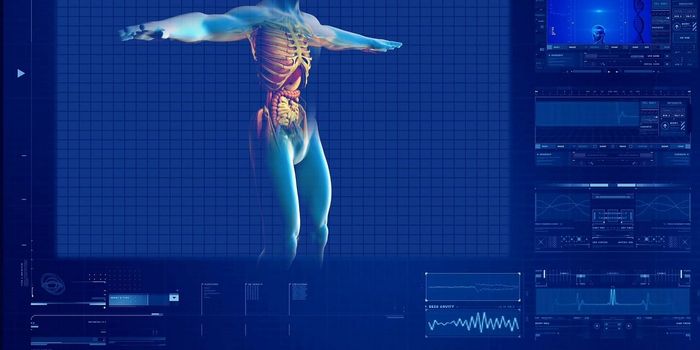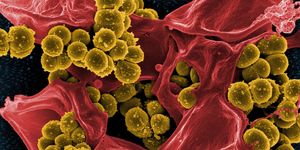Throat Swabs Prevent COVID False Negatives
False-negative results are particularly problematic in containing the spread of COVID-19 — infected individuals can unwittingly transmit the virus while being completely asymptomatic. Why do false negatives happen? A recent study by Johns Hopkins researchers reported that timing may be an important factor; testing too early increased the chances of a false negative test. Here, the authors estimated that those tested for SARS-CoV-2 four days after infection were 67 percent more likely to test negative, even if they had the virus.
A study published in the Journal of Dental Research proposes a new method for reducing the occurrences of false negatives, simply by changing the sample source.
There are two main COVID-19 diagnostic tests, one that detects the presence of the SARS-CoV-2 virus, and the other that picks up antibodies, the body’s immune response to infection. The viral tests involve swabbing the inside of the nose and analyzing the sample for trace amounts of viral genetic material.
A study led by Jingzhi Ma at Wuhan’s Huazhong University of Science and Technology discovered that some patients who had negative results from their nasal swabs did in fact test positive from swabs of their oropharyngeal secretions (OS). Sampling the oropharynx, an anatomical region that includes the soft palate, throat, tonsils, and back of the tongue may be a more effective approach for catching COVID-19 positive cases sooner.
The authors found that oropharyngeal swabs significantly outperformed nasal swabs in terms of both sensitivity and accuracy: throat swabs missed only 14 percent of positive cases, as opposed to almost 60 percent that were missed by the nasal swabs.
With over 11 million confirmed cases of COVID-19 worldwide, the race to find point-of-care diagnostics, effective therapeutics, and long-term protection through vaccines continue. In the lead up to these becoming widely available, early detection of cases coupled with physical distancing provide the best chances of coronavirus transmission among the community.
Ma and colleagues support making OS sampling the new gold standard for COVID-19 diagnostics. "The NPS test has a risk of sending home more patients who still have the infection while the OS test will make such errors in fewer patients. Although OS sampling improves the accuracy of SARS-CoV-2 nucleic acid testing, it must be emphasized that this conclusion is based on a very small sample size," said Ma.
Sources: Science Daily, Technology Networks, Journal of Dental Research.


![WGS for rare disease diagnosis [eBook]](https://d3bkbkx82g74b8.cloudfront.net/eyJidWNrZXQiOiJsYWJyb290cy1pbWFnZXMiLCJrZXkiOiJjb250ZW50X2FydGljbGVfcHJvZmlsZV9pbWFnZV84MmRlM2UyYjA5M2Q3ZTYwOTI3Zjc1YTRjOWU2N2RmMjkzMThjMTJkXzI1MDcucG5nIiwiZWRpdHMiOnsidG9Gb3JtYXQiOiJqcGciLCJyZXNpemUiOnsid2lkdGgiOjcwMCwiaGVpZ2h0IjozNTAsImZpdCI6ImNvdmVyIiwicG9zaXRpb24iOiJjZW50ZXIiLCJiYWNrZ3JvdW5kIjoiI2ZmZiJ9LCJmbGF0dGVuIjp7ImJhY2tncm91bmQiOiIjZmZmIn19fQ==)






